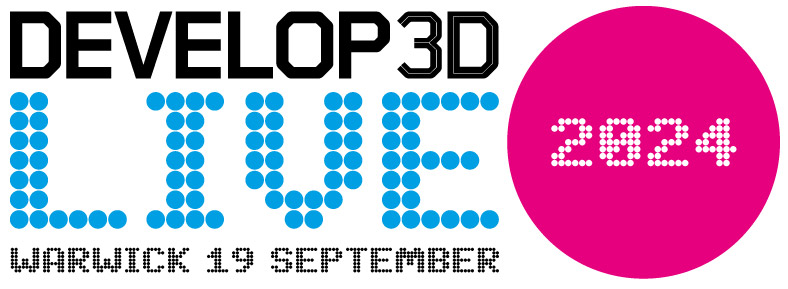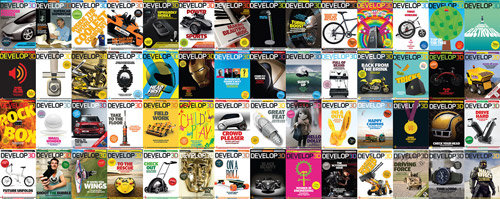
Laurence Marks
Strategic Simulation & Analysis
Director
www.ssanalysis.co.uk
Future Fabrication //
"How Additive Manufacture is driving Design by Simulation "
Bio:
Laurence built his first finite element model in 1987, whilst working for the government, and has been working in the world of simulation ever since. He has worked with a wide range of programs, both FEA and CFD and is currently the MD of SSA, one of the world’s leading Simulia resellers. He writes for DEVELOP3D and his interests include biomechanics, motorsport, aviation and engineering in general. DEVELOP3D’s editor, Al Dean, recently tricked him into becoming much too interested in 3D printing, which he thought was impossible.
Synopsis:
If you take an engineers view of additive manufacturing it looks something like a revolution has happened. 3D printing is about models of rabbits, Yoda and prototypes of industrial designs which look like pebbles, whatever it is they do. It’s not about manufacturing actual stuff that does things. Right? Increasingly wrong actually. Whilst it seems unlikely that AM will displace more traditional production methods entirely in the next few years there are many specialist, low volume applications where the freedom it offers really does revolutionise what can be created. This disruption has forced a step change in how CAE is used and applied. And about time. So the CAE response to the disruption that is additive manufacturing seems to have 3 distinct aspects: Not surprisingly these are design, manufacturing and material definition. · The ability to create forms and shapes previously impossible to manufacture frees many of the constraints on shape optimisation. So you really can explore the creativity of topology optimisation; but in fact you have to learn how to lead it in the right direction – these things don’t just happen. · Production process simulation has been gaining ground in recent years, but that’s with processes that we’ve got literally thousands of years of experience of. Casting, stamping and forging are all technologies that are simulated, and generally reasonably well understood. But with AM we must use simulation to drive our understanding of what you can make and how – we haven’t got 1000’s of years to try things out this time. · And then finally there’s the science of understanding what you actually made. Production processes influences the behavior of the finished component; AM is no different and the world of multiscale modeling is beginning to provide a way of predicting the performance, strength and durability of AM parts. With previous manufacturing technologies the world of CAE has had the luxury of applying itself to a mature process and going from there. AM appears to be a truly disruptive technology; one which is driving the development of CAE technologies and their application.




